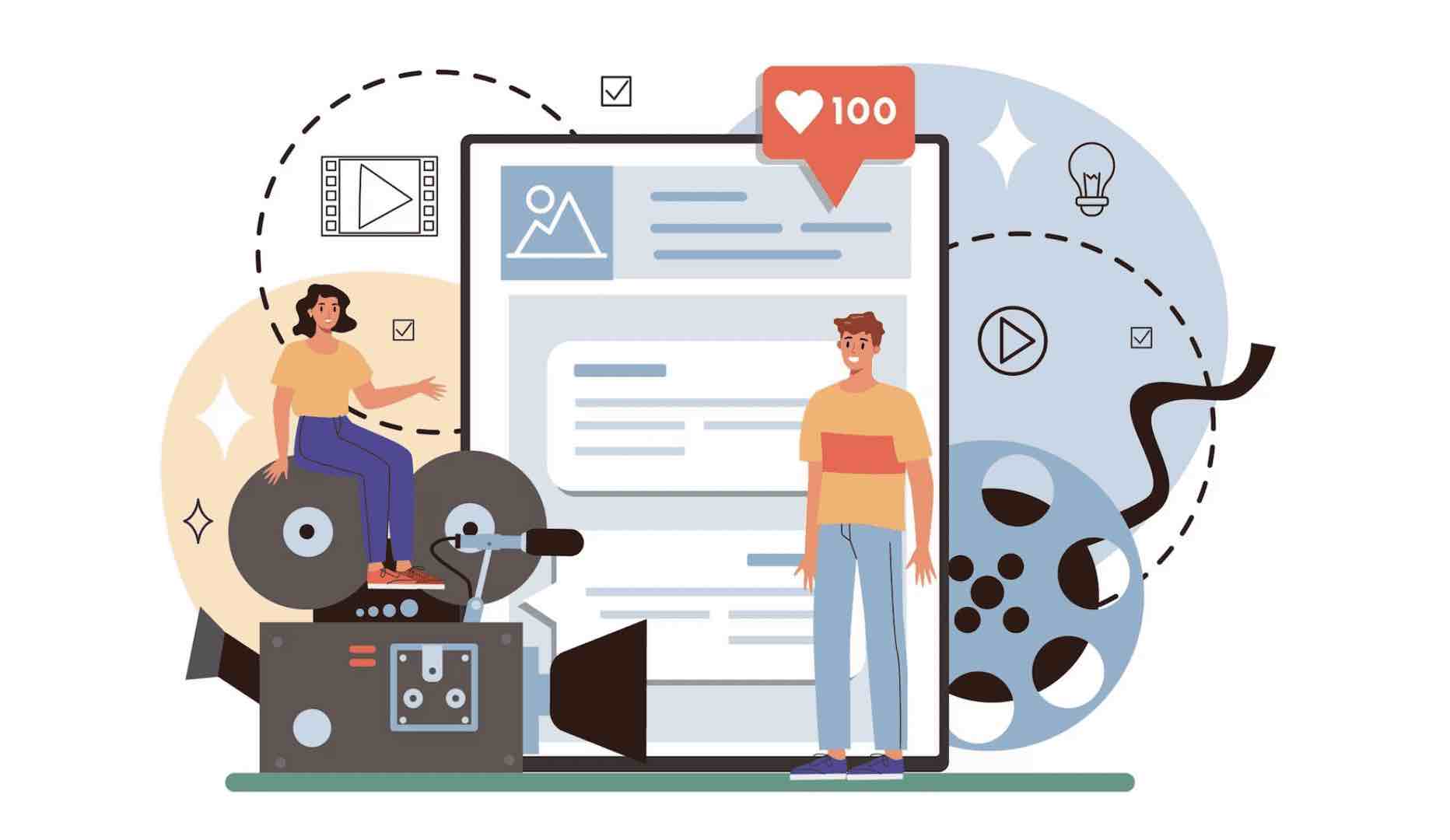
Introduction to AI-powered Video Summarization
The growing consumption of video content has made it more important than ever to extract valuable information from videos quickly and effectively. AI-powered video summarization has emerged as a game-changing solution. It can condense lengthy videos into shorter, more digestible summaries, all without compromising the core message or context. AI video summaries save time and allow viewers to grasp the essential points of the video content easily.
In recent years, there have also been significant advancements in AI and ML technologies, such as ChatGPT-4 and Midjourney. These paved the way for more accurate and efficient video summarization tools. This article will explore the various techniques and approaches used in video summarization. We’ll also examine its applications, challenges, and potential future trends.
Also Read: How Can AI Restore Old Videos?
Key Techniques and Approaches in Video Summarization
To fully comprehend the power of AI-driven video summarization, it’s essential to understand the key techniques involved. These methods help transform the entire video into a concise summary using a Video Summarizer or a generator tool. Let’s delve deeper into some of these techniques:
Supervised Learning Methods
In supervised learning, the algorithm is trained on a labeled dataset, which includes advanced features such as video frames, audio, and subtitles. The model learns to recognize important segments and patterns from the input data and generates a summary accordingly. Supervised learning techniques have shown promising results in video summarization tasks. However, these methods require a large amount of labeled data and are time-consuming.
Unsupervised Learning Methods
Unsupervised learning methods do not rely on labeled data for training. Instead, they use algorithms like clustering to identify key segments and patterns within the video. Generative AI models, which can create entirely new video summaries based on the input, are a popular approach in unsupervised learning for video summarization. The advantage of this method is that it is faster than supervised learning and does not require labeled data.
Deep Learning and Neural Networks
Finally, deep learning techniques include techniques such as Convolutional Neural Networks (CNNs) and Recurrent Neural Networks (RNNs). They have emerged as powerful tools for video summarization. These networks can process high-dimensional data, such as video frames and audio. They use it to identify key moments and generate relevant summaries. By leveraging state-of-the-art deep learning models, AI-powered video summarization tools can create more accurate and relevant summaries than traditional methods.
Extraction-based vs. Abstraction-based Summarization
AI-driven video summarization methods can be broadly classified into two categories. There are extraction-based and abstraction-based summaries. Extraction-based methods involve selecting the most important segments or frames from the video and compiling them into a summary. For instance, the AI system might recognize that certain parts are more important than others and select those for the summary.
In contrast, abstraction-based methods generate new content. It often comes in the form of a text summary or a condensed video based on the understanding of the original video. The AI system identifies the core concepts and patterns within the video and creates a new summary using its own understanding. It can be seen as a more creative approach to summarization.
Both methods have their advantages and drawbacks. For instance, extraction-based summarization is faster and requires less computational power. However, abstraction-based methods can provide a richer, more detailed summary. It might better capture the essence of the video content.
Also Read: What is a Deepfake and What Are They Used For?
Applications and Use Cases of Video Summarization
The ability to generate concise and informative video summaries has opened up a wide range of business opportunities and use cases. Let’s explore some of these video content applications:
Educational Content
Video summarization can be a game-changer in the education sector. Students can use it to quickly grasp the essential concepts without spending hours watching the entire lesson. AI can provide well-written summaries and extract key speech features from lengthy lectures. This approach not only saves time but also enhances the overall learning experience.
Plus, it doesn’t end with school students. Anybody who wants to learn online through webinars or tutorials can benefit from this technology. Instead of going through the entire video, they can just read a well-crafted summary and get to the point.
News and Documentaries
In the age of information overload, people often struggle to pay attention to long video content. AI-generated video summaries can help viewers quickly understand the main points of news stories, documentaries, and other informative content. Additionally, audio transcription services can accompany video summaries, allowing users to read the highlights or listen to them on the go.
For the companies behind the content, video summarization can significantly reduce their workload. Instead of manually creating summaries for each piece of content, AI-driven solutions can automatically generate them in a matter of minutes. These summaries can then be used to promote the content, attract more viewers, or store it in archives.
Sports and Entertainment
Next, AI-powered video summarization can revolutionize the world of sports and entertainment by integrating captions into videos, offering elite transcription services, and streamlining the content creation process. For instance, fans can watch highlights of their favorite sports events or movies without sitting through hours of footage. Of course, this would require sophisticated algorithms to identify the most important parts of the game or event.
Business and Marketing
In the corporate world, video summarization can be a valuable tool. Use it to create meeting notes after a lengthy meeting. By extracting the essential points from conferences and product demonstrations, AI-generated video summaries can help decision-makers stay informed and make better decisions. It can also streamline business processes and enhance business simulations.




